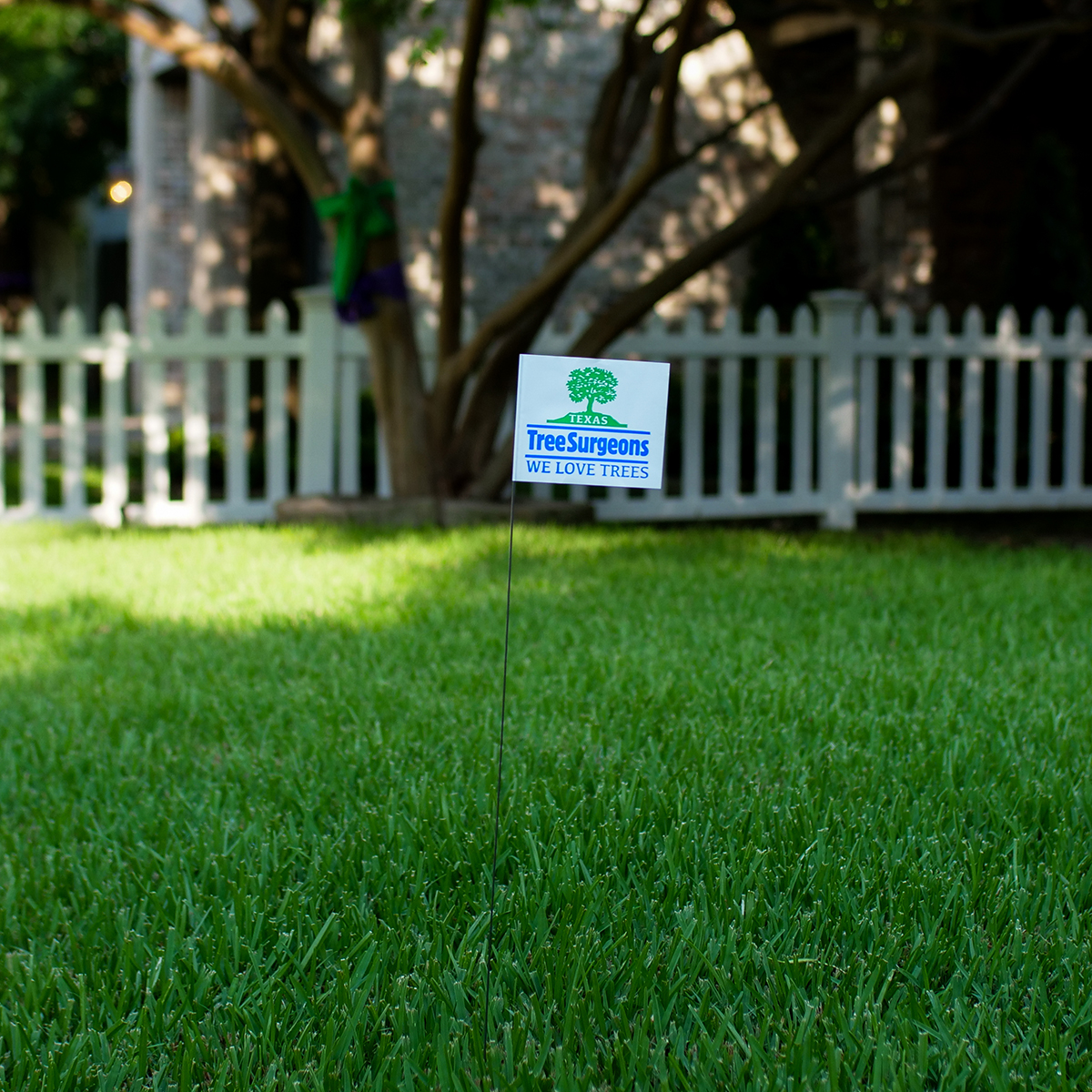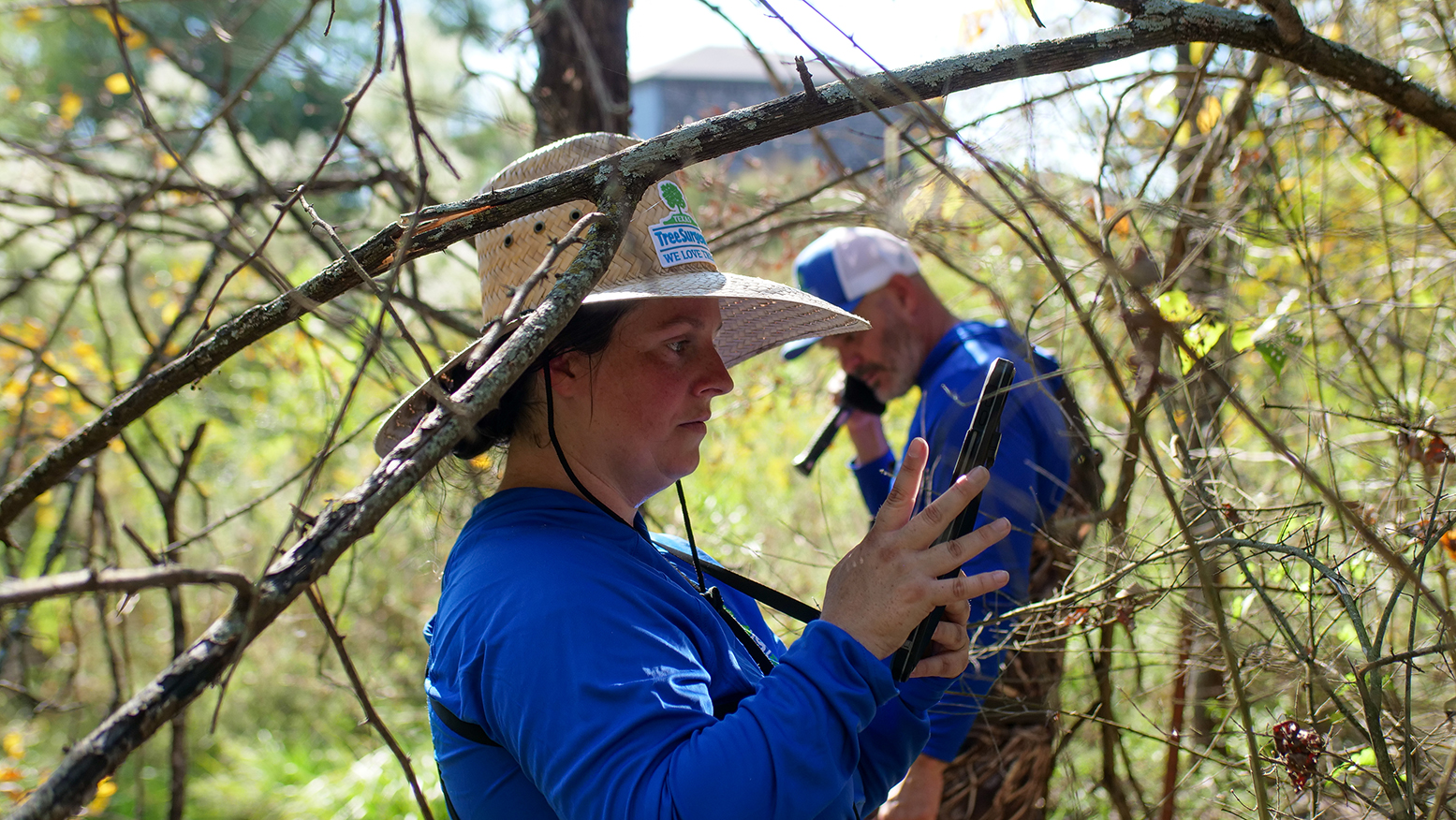Why City Trees and Forest Trees have Different Needs

An urban tree’s lifespan is significantly shorter than one found in a forest. Why? Short answer, humans. The thought that trees are fine without us is true. This is why trees in a forest are fine but trees in an urban environment aren’t. Once humans began planting them around us or moved into their space we started to kill them, of course not intentionally.
Unlike a tree in a forest, trees living amongst people in cities begin their life cycle under stress.
Problems Trees in an Urban Environment Face:

- They do not have other trees nearby to share nutrients with
- They do not have other trees to protect them from wind and sun
- Their soil is contaminated with byproduct of cities; chemicals, paint, chlorine
- They have limited area to grow due to streets, sidewalks, power lines, and driveways
- They experience root disturbance from plumbing, construction, or trenching
- Temperatures in a city is higher due to concrete and less shade from other trees
These stressors impact the trees quality of life and because of this urban trees need extra assistance from humans to correct these man made problems they would not run into if they were in a forest.
Amazing Tree Facts:
- Methuselah, Bristlecone Pine is considered the oldest living organism on earth and is thought to be over 4,789 years old
- Pando is believed to be the largest living organism ever found at 13 million pounds
- Plano Quadricentennial bur oak was the oldest living tree in DFW until it failed during a storm in 2023

At Texas Tree Surgeons we are urban arborists, not foresters, and are trained and educated to care for the specific needs of urban trees. We love trees, and we hope you do too. We have a basic homeowners guide to trees so you too can keep your trees healthy.
Related Blogs
Similar blogs related to this topic


Top 10 Things We'd Tell You as an Arborist if We Weren't Afraid of Hurting Your Feelings
This is a list of tree care worst practices that you, or someone you know may be guilty of. Read the following list at your own risk. You’ve been warned, feelings may get hurt. 1.…
Read more

Avoid These Tree Care Mistakes for a Healthy Landscape
Below is a list of overlooked mistakes that could jeopardize the health of your trees. From missteps in pruning to incorrect watering practices, discover how to give your trees the care they deserve. Red oak…
Read more

Why do Arborists Recommend Soil Sampling in Urban Areas like Dallas?
Soil sampling is a crucial practice in urban areas like Dallas. It helps arborists make informed decisions about your landscape to ensure a healthy urban ecosystem. Our native soils vary widely—from the dense clays of…
Read more
